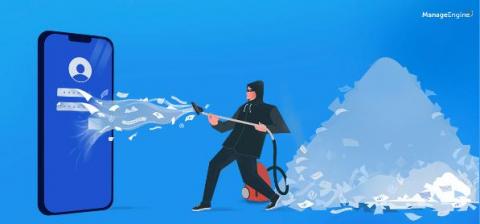Data Protection in the Age of Cloud Native - Part 2
In part 1 of this blog series on Kubernetes and cloud native application data protection, we addressed The need for Data Protection for Containerized Applications. In part 2 of this blog series, we go through.










